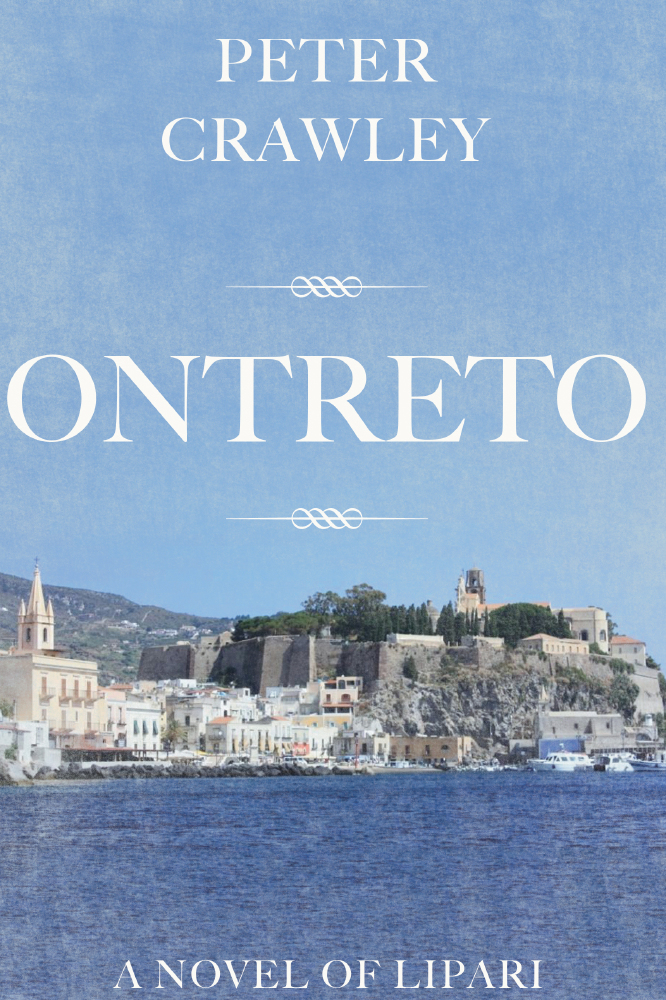1) The first pages. If the hook of the first few pages isn't sufficiently barbed, chances are the reader will drop off it and swim away. This goes for most novels, but as modern readers grow increasingly impatient it is even more relevant in crime fiction.

Peter Crawley
2) The last pages. David Mamet, the American playwright, screenwriter and director, suggested the basis for a good story is somebody wants something and has trouble getting it. He hits the nail right on the head, so make absolutely sure it - the solution, denouement, the premise - is worth getting.
3) Dashiell Hammett, author of The Maltese Falcon and The Thin Man, reckoned the good detective needed to be brave, vigorous, damnably clever, tireless-altogether a real person'. Whatever the style of your detective, real he or she must be: everything else is pastiche.
4) Build strong and colourful characters. If you need them to be pinch-faced, pallid skinned degenerates waiting on God in a gloomy tenement, that's fine as long as they are memorable. Ugly can also be attractive.
5) Fill the narrative: sell red herrings, add unexpected interventions and don't be afraid to make your players, as in point 4 above, unattractive. However, even noir novels require a dose of redemption to make them palatable - not too much, though.
6) And with point 5 in mind, Raymond Chandler proposed a good crime story must baffle a reasonably intelligent reader, but went on to add that it must have enough essential simplicity. Balance of plot and the distribution of weight within a novel - ordinary reality vs extraordinary incident - can prove tricky.
7) The magician's trick. Many crime novels contain a certain sleight of hand whereby the hero defeats the villain. This can take the form of a trail of clues followed, a piece of knowledge withheld or a devilish twist we are not permitted to see coming. And though rabbits out of the hat are all very well, your readers should not feel cheated of the time they have invested in your work.
8) Mould humour to fit the narrative; think of humour as a wardrobe and dress your characters to suit the mood, whether it is gallows, dry, wry, droll, sardonic or ironic.
9) The tastiest onions have many layers. Andrea Camilleri, the Sicilian author of amongst other works the Montelbano series, is probably the greatest exponent of this art. There's a hatful of reasons why Agatha Christie is second only to the Bard in the list of all time bestsellers and, sure, around 50% of murders are committed by someone known to the victim, but we don't always have to meet every suspect in the first chapter. Peeling back the layers of a plot keeps the pages turning.
10) Finally, whenever possible employ the geography and the sociology of the setting to influence the manner of the crime, the solving of the mystery and the style in which your story is written. No two crimes are identical and no two characters the same; wherever you choose to set out your stall, make your story unique.


